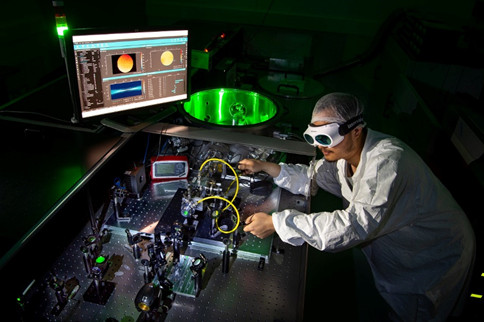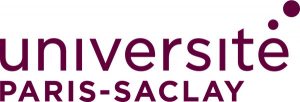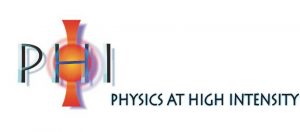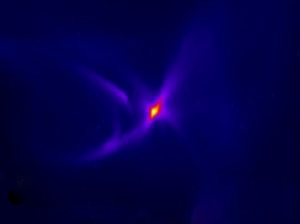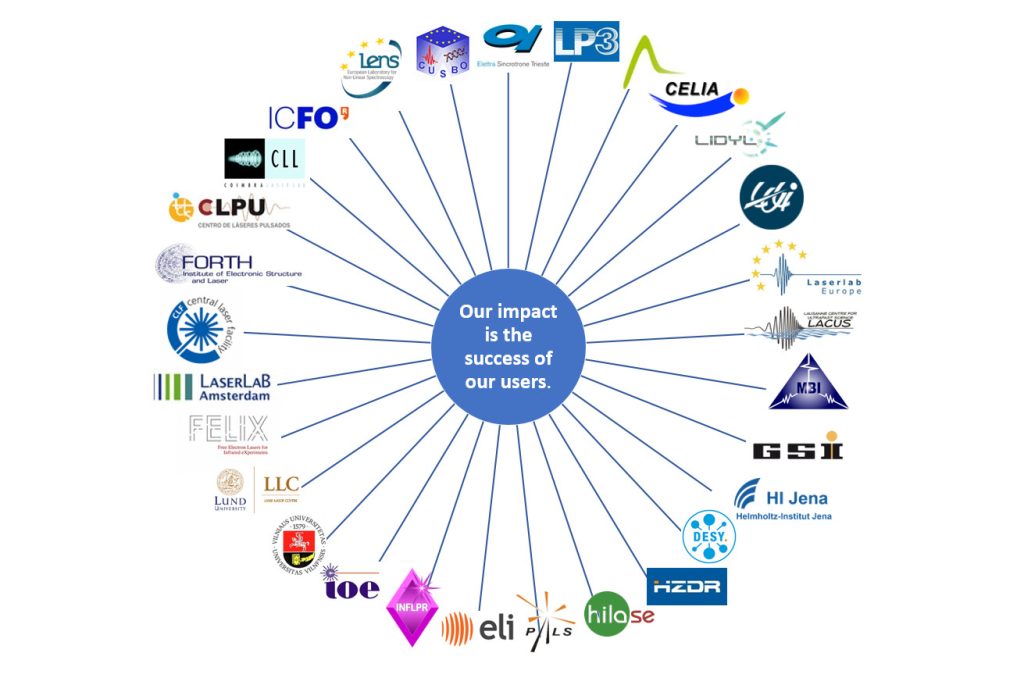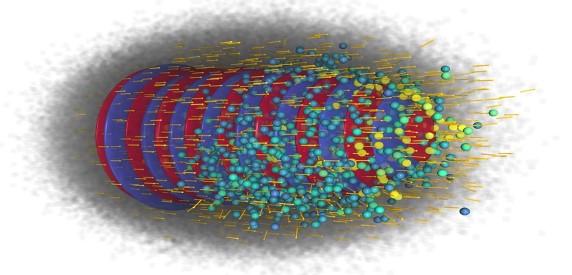Our research fields
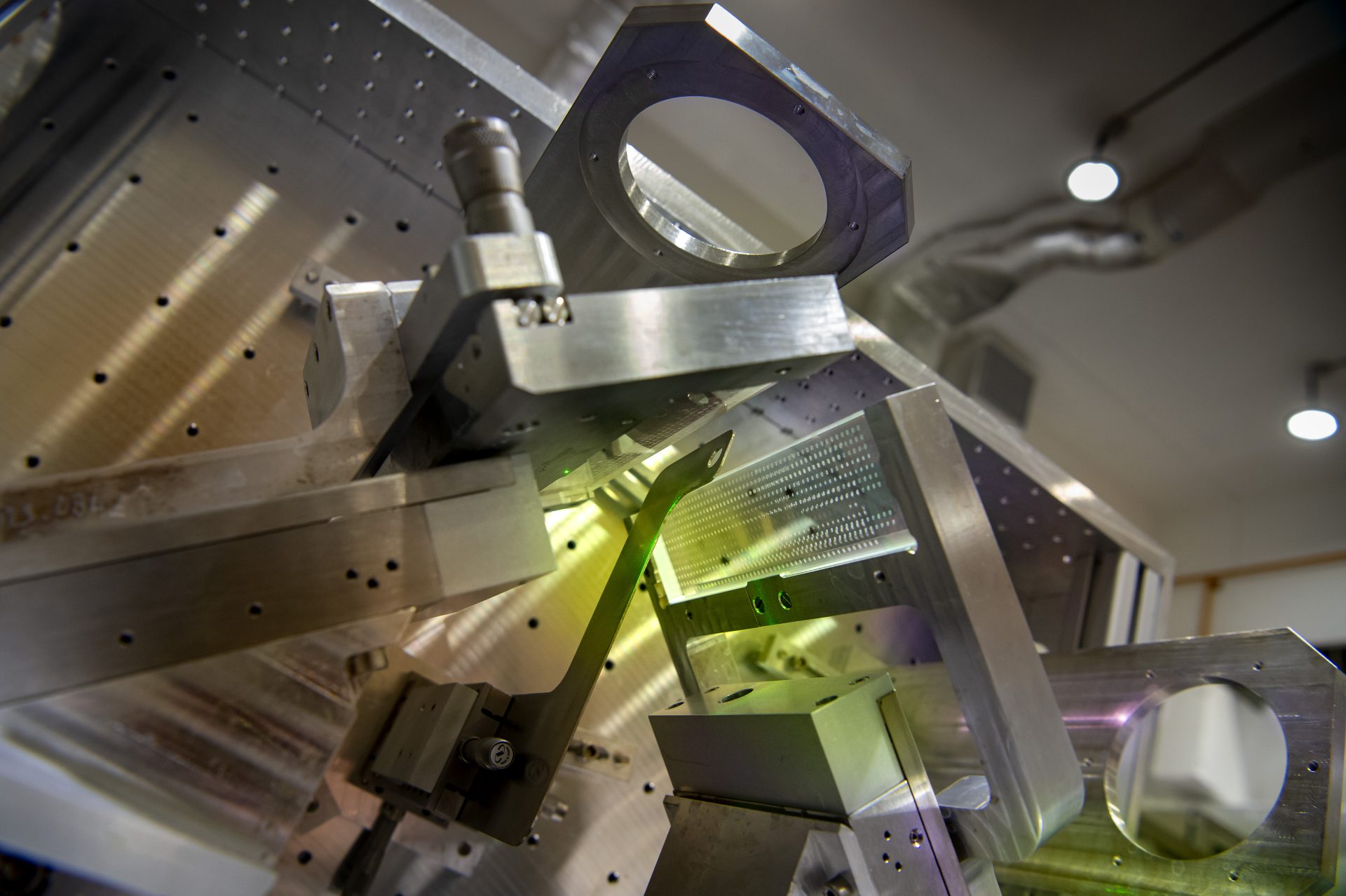
Research topics
Techniques and Instruments
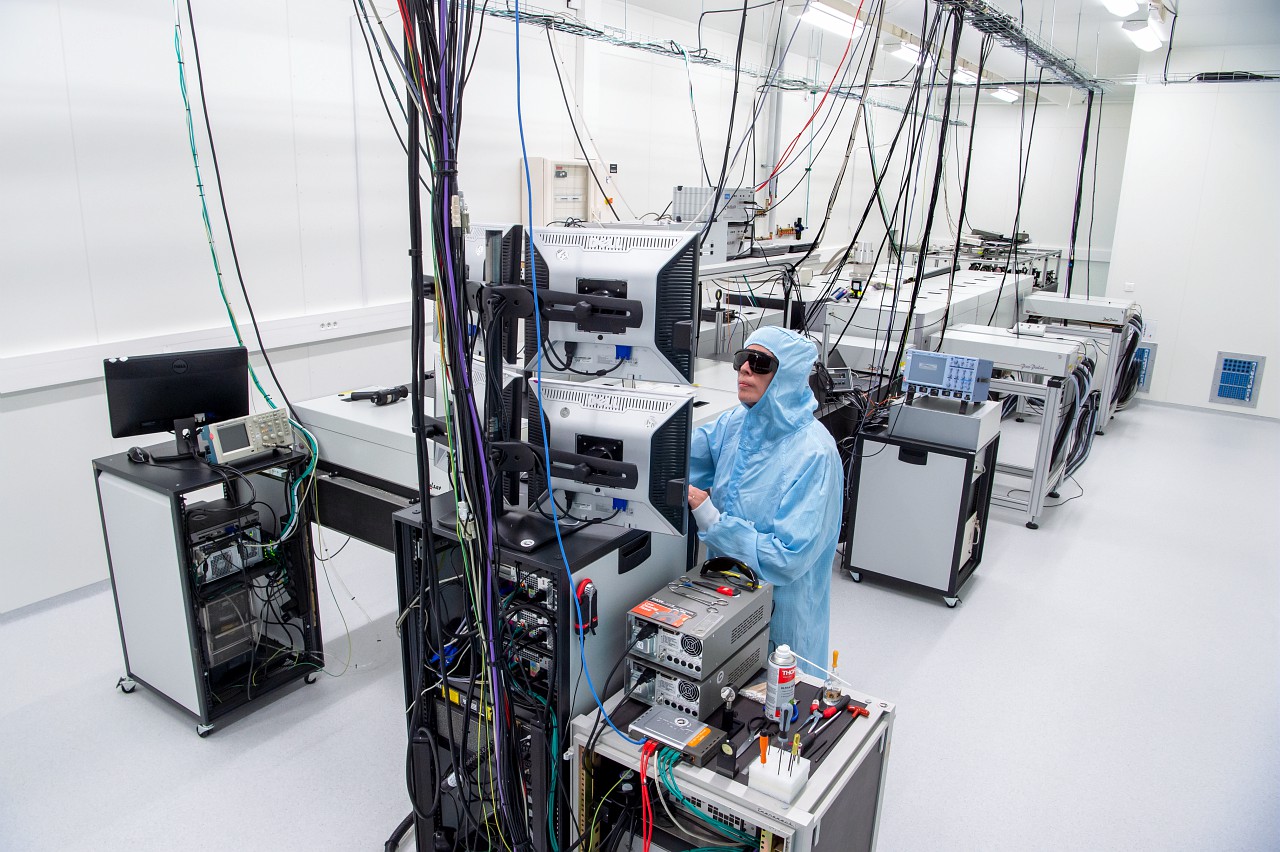
UHI100 plateform and associated instruments
Join our team

M2 internship, subjects of Phd thesis, Post-doc…
News
-
Launch of Lasers4EU: A central platform for accessing European laser research infrastructures…
The Lidyl is member of the EU co-funded project Lasers4EU, launched on October 1, 2024.
no result

Agenda
no result
-
Highlights
Light-matter interaction close to Schwinger’s critical threshold
What happens when the amplitude of a light field approaches the Schwinger critical field of 1018 V/m, or an energy of 1029 W/cm2, which is the threshold for generating an electron-positron pair in a vacuum? Close to this limit, Quantum Electrodynamics (QED) – the theory of light-matter interaction – predicts that a beam of light…
Current projects
-
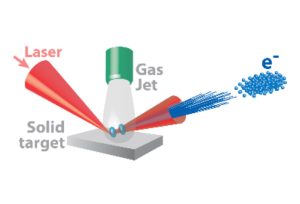
ANR FemtoDose Project (2022-2026)
Nanocoulomb femtosecond laser plasma gas pedals with plasma mirror injectors: high doses at very high dose rates In-vivo experiments have shown that healthy tissue (vs. diseased tissue) is much less sensitive to ionizing radiation when delivered in short pulses. This high-dose-rate radiotherapy (RT), also known as RT-FLASH, opens the way to highly innovative new medical…
-
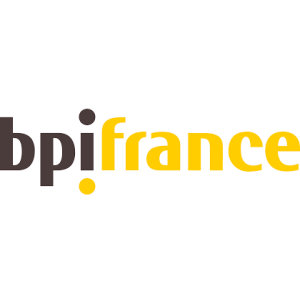
EPONA project (2021-2026)
The aim of the EPONA project (BPI-FRANCE) is to study and demonstrate the purification of palladium from nuclear reactor fission products by laser isotope separation in atomic steam.
-
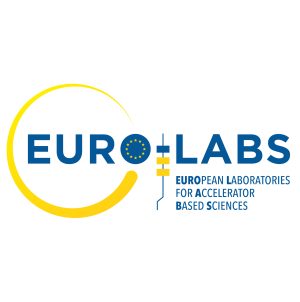
EURO-LABS (WP5) project (2022-2026)
The EURO-LABS project aims to bring together 3 research communities in nuclear physics, gas pedal technologies and detectors for high-energy physics to address fundamental questions and technological challenges, through projects with a broad societal impact, promoting the sharing of knowledge between different scientific fields and strengthening Europe’s potential to successfully meet future challenges. The PHI…
-
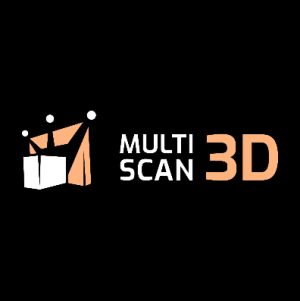
MultiScan 3D project (2021-2025)
The European Multiscan 3D project aims to improve the control of illicit materials, particularly in shipping containers, using a 3D imaging technique based on X-ray tomography generated by braking radiation emitted by electrons created and accelerated by intense femtosecond laser beams. This project has received funding from the European Union’s Horizon 2020 research and innovation…
-
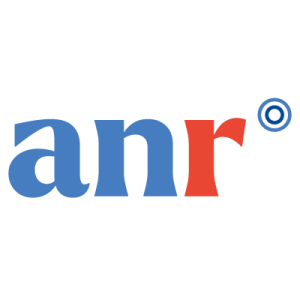
SCiRQ project (2023-2027)
The ANR-funded SCiRQ project aims to set up a quantum simulation platform based on circular Rydberg states of strontium. The project leader is Sébastien Gleyzes from the Laboratoire Kastler-Brossel and Collège de France, with LIDYL providing theoretical support.
Research topics
The PHI group focuses on…
Intense femtosecond laser metrology
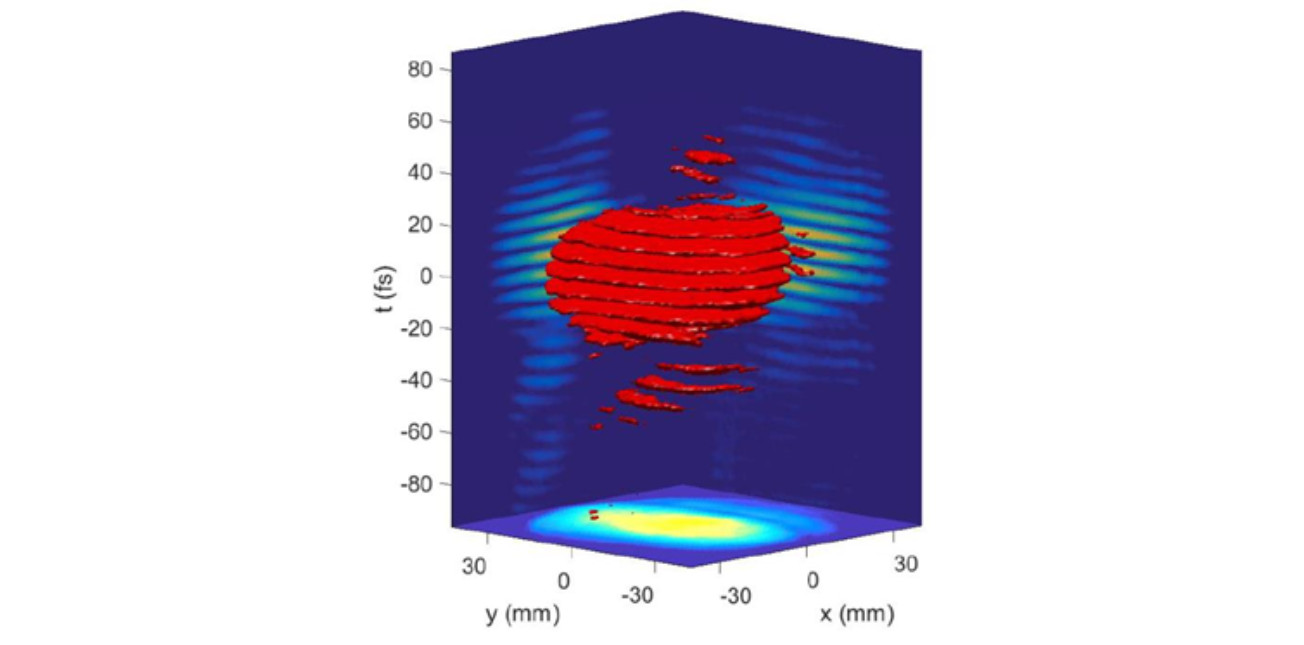
The generation, shaping and use of laser pulses…
Numerical simulations, high-performance computing

Numerical simulations are an essential tool for…
UHI100 platform

UHI100 platform
Latest Publications
Our researchers’ scientific publications.
Join us
Joining the LIDYL gives you the opportunity to develop a motivating career path in a multidisciplinary scientific community open to both international research and industry.
